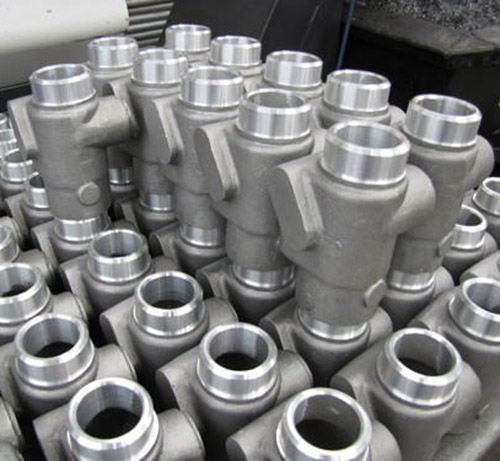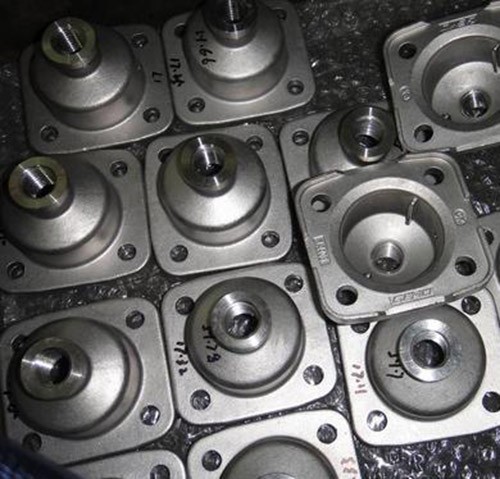Cast aluminium parts from different processing ways
Cast aluminium parts/aluminium casting parts
For thousands of years, humans have made decorative and useful objects by melting metal and pouring it into molds. Now, industrial casting processes are available to produce a variety of complex parts economically in different metals. Such as cast aluminium parts, cast iron parts, cast steel parts and so on.
Here we mainly talk about cast aluminum parts /aluminium casting parts:
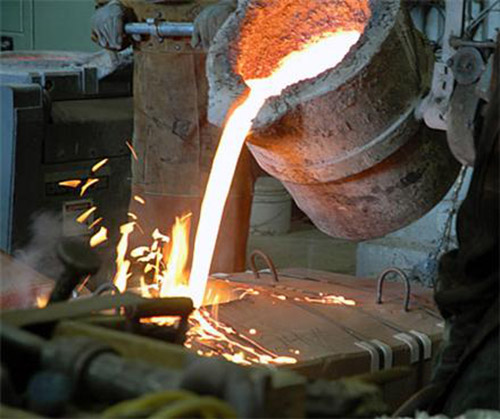
Sometimes cast parts can be used in the form they leave the mold. Often, they need to be machined to provide sealing surfaces or threaded holes. In the machine shop, cast parts can present challenges. To machine them, it helps to know about the casting process and the physical characteristics of castings, so you can adapt your machining practices accordingly.
In any casting process, molten metal fills a cavity the shape of the part you want. When the metal solidifies, it has taken on the shape of the cavity. The various casting processes create the cavity in different ways and use different methods to introduce the metal into the mold.
As an introduction to casting and machining cast parts, this article covers aspects of aluminum castings, including four common casting methods, and information about machining cast aluminum parts. Many of the principles and processes apply to other metals, as well.

Sand casting
In sand casting, special casting sand is compacted around a three-dimensional pattern, which forms the part cavity and the channels through which the metal will flow. The pattern is removed and the cavity remains.
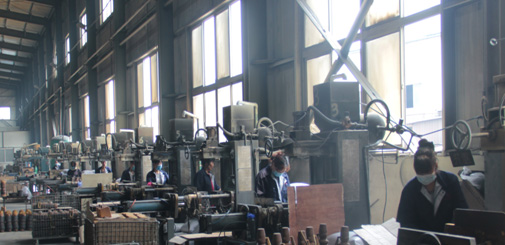
Die casting
Die casting is done in a reusable steel mold, or die. It is the fastest of these casting processes. Molten metal is forced at high pressure into the mold.
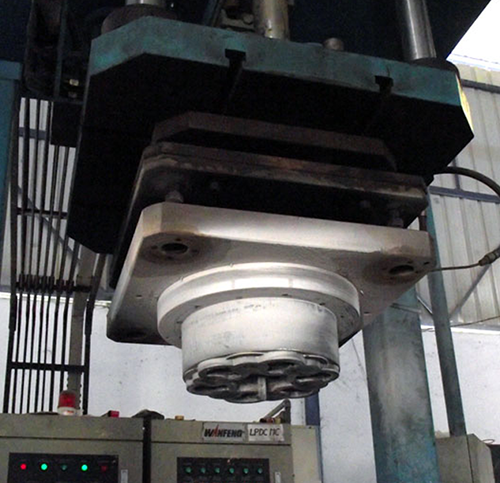
Permanent and semi-permanent mold casting
Permanent mold casting also uses a steel mold, but the metal enters the cavity by gravity, or at low pressure and/or under vacuum.
Investment casting
Investment casting, known as the lost-wax process, uses patterns that duplicate the final part, made from wax or a similar meltable material.
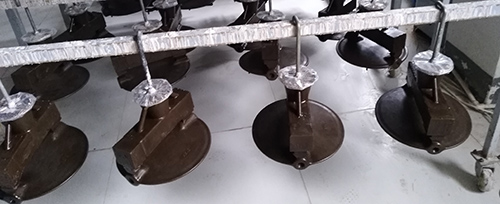
Machined surfaces
Creating a quality machined surface on a cast part isn's just between you and the metal. It's a team effort that includes machined workshop, and the foundry, and your customer.
The areas you finish machine need to have enough metal for you to remove the entire cast surface, allowing for the tolerances of the casting. The foundry needs to make the part selectively oversized to provide enough material so you can machine over the whole area. This additional material is called the "finish allowance" or the “machine stock.” If there isn't enough machine stock, after you've run the cutter over the surface, some as-cast surface may remain, and you will have to scrap the part.
